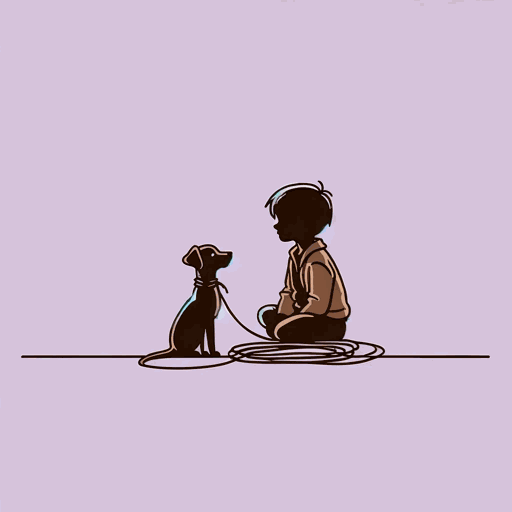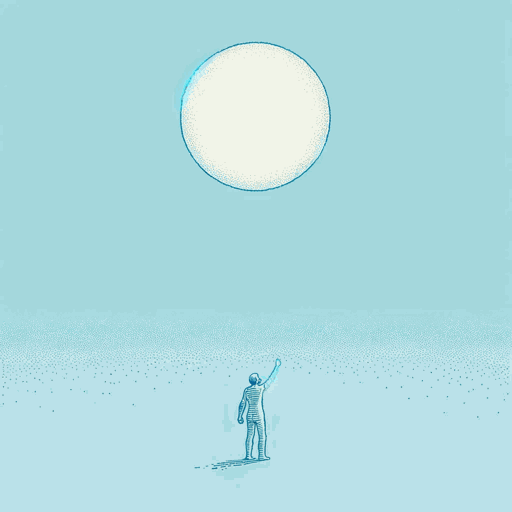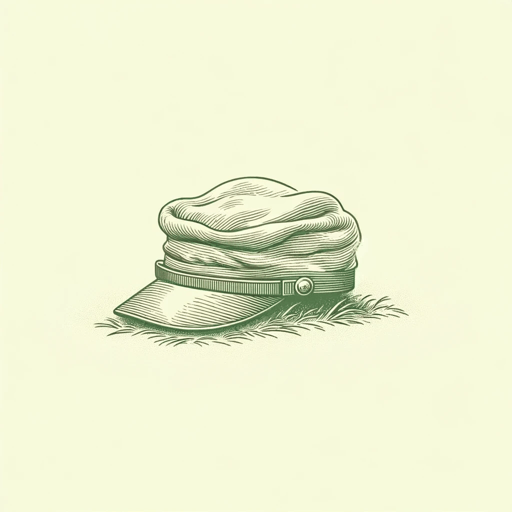22 pages • 44 minutes read
Stephen CraneA Mystery Of Heroism
Fiction | Short Story | Adult | Published in 2009A modern alternative to SparkNotes and CliffsNotes, SuperSummary offers high-quality Study Guides with detailed chapter summaries and analysis of major themes, characters, and more.
Summary and Study Guide
Summary: "A Mystery of Heroism"
In Stephen Crane’s short story, “A Mystery of Heroism,” (originally syndicated in newspapers in 1895 and then published a year later in The Little Regiment, and Other Episodes of the American Civil War), a brutal battle is waged between two armies. There is no mention of why this battle is being fought, although it can be inferred from the title of Crane’s book that the battle is during the American Civil War. References to the “blue” uniforms imply that the focus is on the Union soldiers of the northern army. But Crane provides little context beyond this, preferring instead to thrust the reader into the immediacy of the moment, the sights and sounds of this anonymous but “incessant wrestling of the two armies” (Paragraph 1).
The story begins with a series of battle scene descriptions. The first scene is of “a clay bank,” which provides some protection for the infantry (Paragraph 1). Men wearing “white duck trousers” are fighting on top of the bank (Paragraph 1). During the fighting, one of the soldiers, Fred Collins, says that he’s thirsty and needs a drink. This is immediately followed by someone noticing that a soldier has been hit: “‘There goes th’ bugler’” (Paragraph 2). The next paragraph provides the sight of the bugler: A dying horse and a rider with a wounded arm have been caught by “the crimson terror of an exploding shell” (Paragraph 3).
The infantry’s gaze moves next to “a fair little meadow” that is nearby and a house that has been shattered by bombs. Soldiers have been ransacking the destroyed house for firewood. The sounds of another battle rage past the woods.
The gaze circles back to the fighting on the top of the hill but does not rest on any one scene, instead continuing to jump around. A colonel orders the infantry to move so as to be more protected by the bank. Riding from that battery, a lieutenant with a broken right arm appears, pausing before heading into the meadow. Collins repeats his desire for a drink, wondering about the water in the well by the house. Another soldier asks him, “‘Yes; but how you goin’ to get it?” (Paragraph 11). The meadow is torn up by shelling. The wounded lieutenant reflects on the intensity of the fighting as he rides through the meadow.
A bomb hits the remnants of the house, causing a wall to explode. Another bomb hits the battery, wounding and killing many men and horses. The conversation about the water continues, with some of the men goading Collins to go get the water despite the danger.
A lieutenant appears and yells about the need to “get out of that” (Paragraph 17), while a major laugh as the lieutenant rides away, saying that if the lieutenant doesn’t hurry, there will be no battery left. Another officer, known simply as a “wise young captain of the second company,” gives his opinion about the enemy’s next move while a lieutenant colonel “snubbed him” (Paragraph 19).
Next to speak is a private who notices the wounded lieutenant in the meadow; he was hit by a shell and is now lying face down by his dead horse.
Collins angrily accepts the dare to get the water from the well. He goes to the captain to request permission. The captain and colonel are shocked, and the captain laughs: “‘You must be pretty thirsty, Collins’” (Paragraph 26). The captain questions him about the risks he will be taking for a drink of water but finally agrees that Collins can go. The officers wonder if Collins really wants to go on this mission.
As the soldiers help get Collins ready for his journey, “Collins appeared as a man dreaming” (Paragraph 40). The men, too, are shocked that he is going, repeating, “‘Are yeh sure a-goin?’” (Paragraph 42). As Collins prepares to head out to the meadow with five to six canteens, the soldiers watch him, continuing to question his actions: “‘We aint’ dyin’ of thirst, are we? That’s foolishness’” (Paragraph 49).
Once he heads into the meadow, Collins realizes that “a chasm, the deep valley of all prides, was suddenly between him and his comrades” (Paragraph 52). He understands that he cannot turn back, and he feels as if he has “blindly been led” to his situation (Paragraph 52). But he is also surprised at how he feels no fear but instead feels “dazed” at doing something so heroic. He reflects on heroism, thinking that he fits the definition of a hero, since he doesn’t feel afraid. But rather than being uplifted by this connection, he instead is deeply disappointed. He negates his own sense of heroism when he remembers his faults, such as when he failed to pay back his friend fifteen dollars and when he behaved childishly toward his mother. He believes these actions disqualify him from being a hero.
Bombs explode around him, so he rushes to the house for shelter, breaking out of his daze and becoming fully aware of the scene around him. When he gets to the well, he begins to fill up the canteens. As he waits, he suddenly becomes full of fear. He is desperate to leave and is frustrated at the slow filling of the canteens. He decides to use the well bucket instead, since it’s faster. Carrying the sloshing water bucket, he runs back to the shelter of the bank, fully anticipating that he will be killed by a bomb just like many of the other soldiers. As he runs, he sees the lieutenant, who earlier rode into the meadow with the broken arm, lying on the ground, close to death. The lieutenant begs him for water. Collins refuses out of fear, running on.
But then Collins turns around and rushes back to offer the lieutenant the water. The officer now lies unmoving, so Collins helps lift him so he can drink, but the water splashes everywhere.
When Collins returns to the men, there are great cheers and laughter for him. Collins gives the bucket to two lieutenants, who “played over it” (Paragraph 82). As they are playing and drinking, they accidentally drop the bucket, and the water pours out completely.








Related Titles
By Stephen Crane








